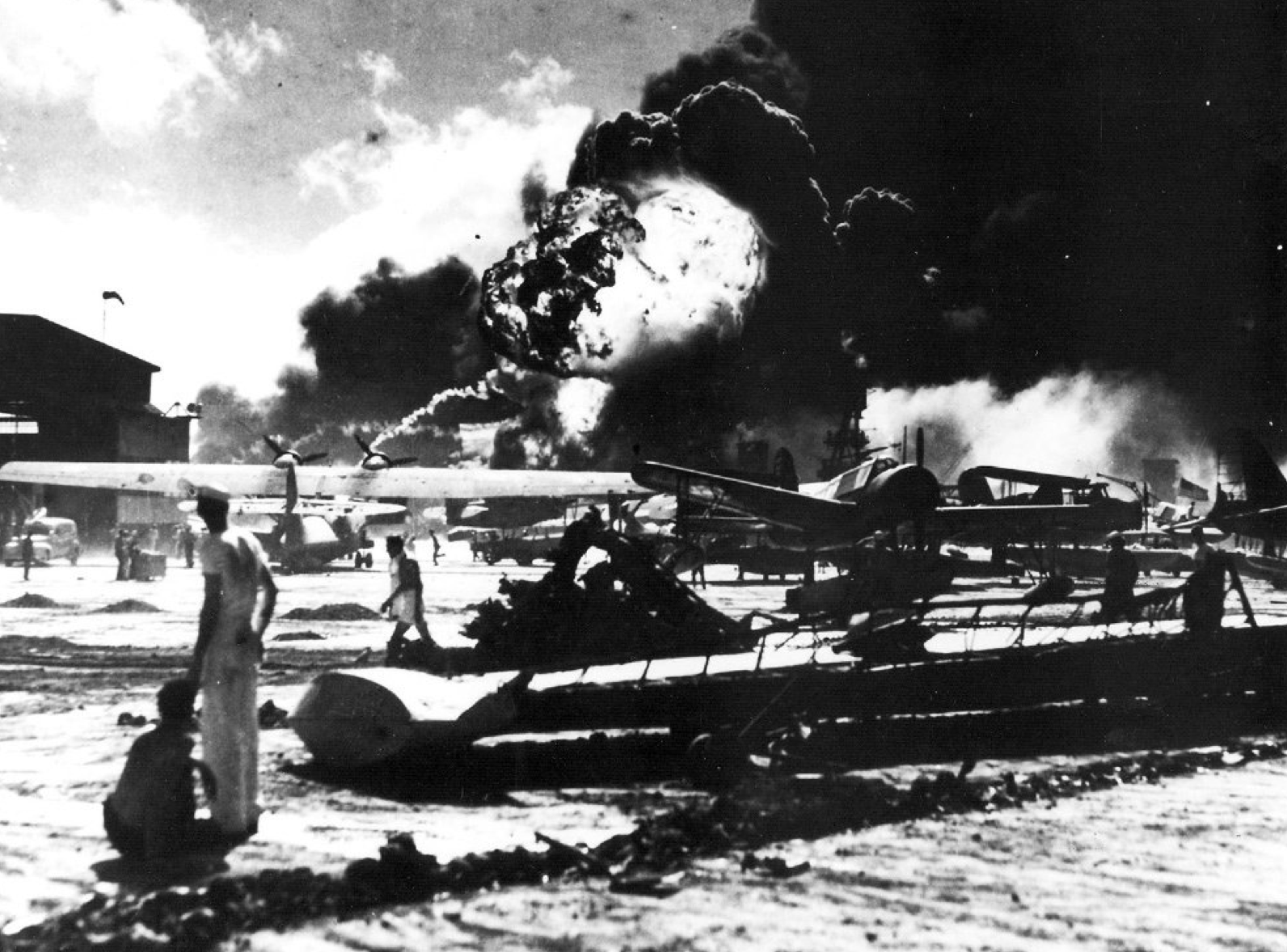
Under the South Pacific sun on December 7, 1941, troops serving the US fleet at Pearl Harbor began a calm Sunday morning unaware that Japanese bombers were headed toward America’s most important Pacific base.
There, like a string of pearls draped across the docks and waterfront, was the majority of the US’s naval might.
The devastating Japanese onslaught began at 7:48 a.m., eventually killing 2,402 Americans and wounding many others, sinking four battleships, and damaging military airfields.
The Pearl Harbor attack spurred America into World War II, leading ultimately to Allied victory over the Japanese in the East and Nazis and other Axis powers in the West.
Here are photographs from the attack and its immediate aftermath.
Kamelia Angelova contributed to this report.
On the morning of Dec. 7, 1941, an attack planned by Admiral Isoroku Yamamotoa was carried out to demobilize the US Navy. This picture shows one of more than 180 planes used in the attack.

At 7:00 a.m., an Army radar operator spotted the first wave of the Japanese planes. The officers to whom those reports were relayed did not consider them significant enough to take action. This photo shows an aerial view of Battleship Row in the opening moments of the raid.
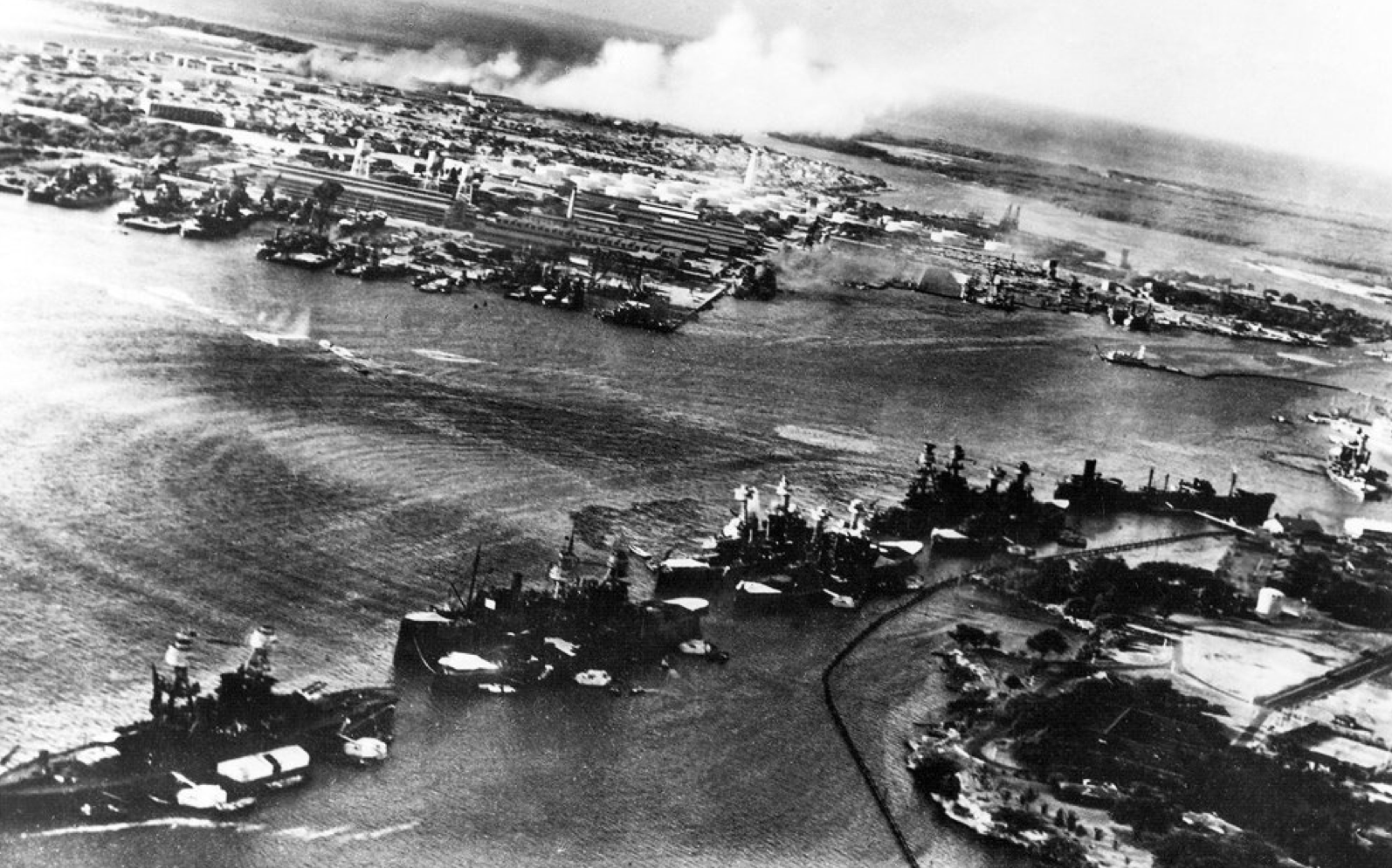
The Japanese hit most of the US ships in Oahu before 8:00 a.m. Here a Japanese plane flies over Pearl Harbor while black smoke rises from the area.
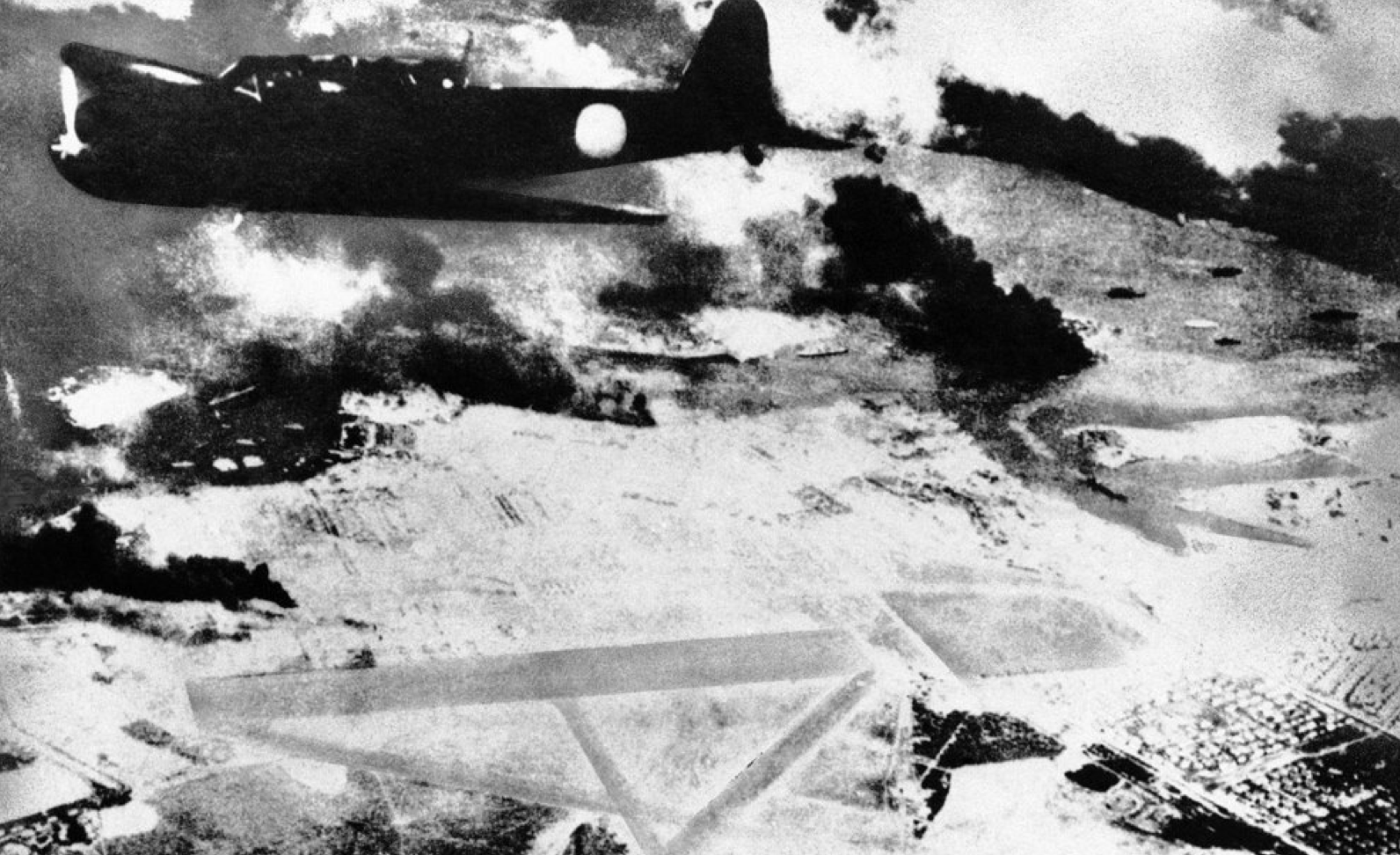
The Japanese also took the opportunity to attack military airfields while bombing the fleet in Pearl Harbor. The purpose of these simultaneous attacks was to destroy American planes before they could defensively respond.
There were more than 90 ships anchored at Pearl Harbor. The primary targets of the attack were the 8 battleships sitting at Battleship Row. Here is a picture of Battleship Row during the attack.
USS West Virginia (left) pictured here next to USS Tennessee, was one of the first battleships to sink during the attack. The Japanese successfully damaged all 8 battleships.
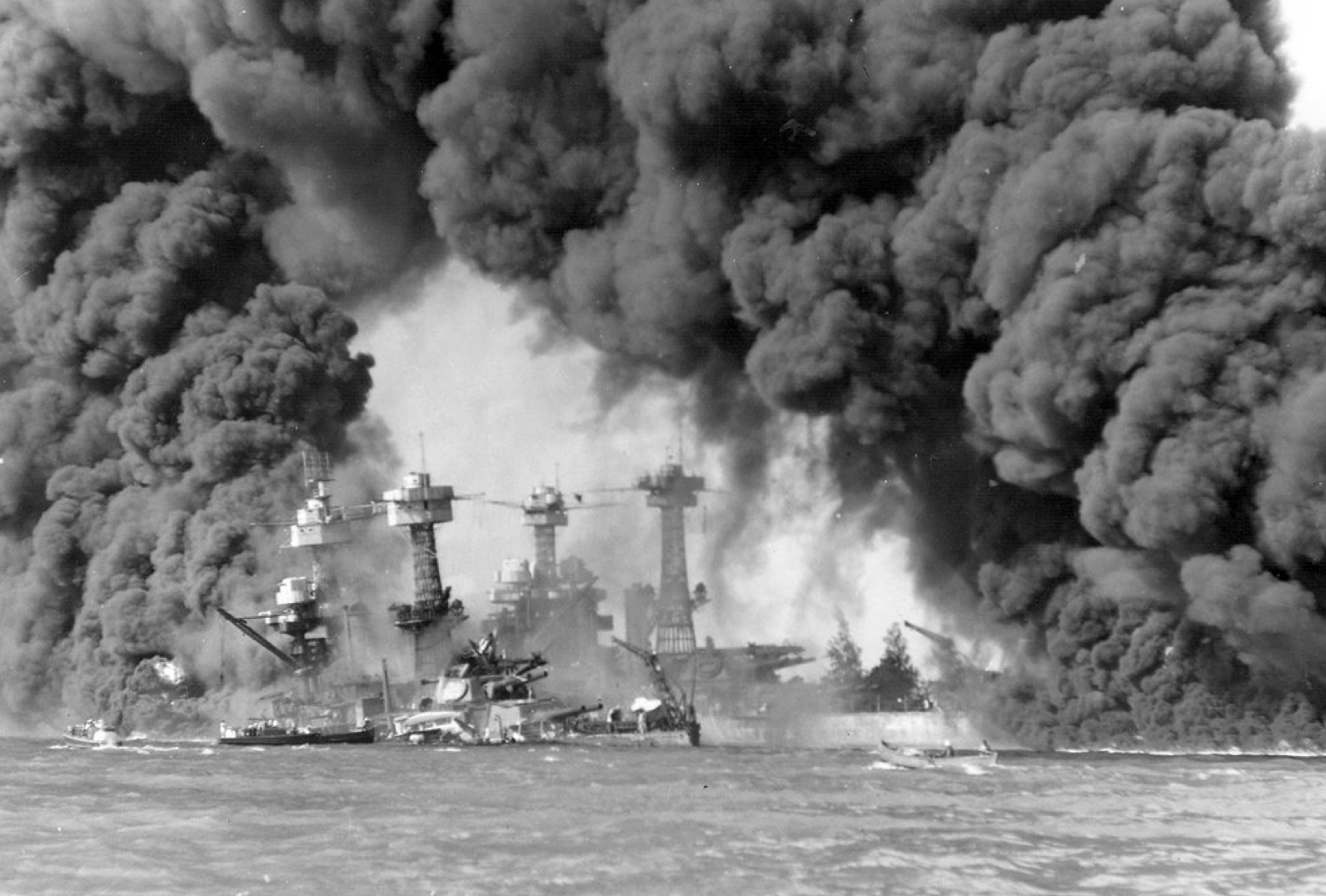
At about 8:10 a.m., USS Arizona explodes as the ship’s forward ammunition magazine is ignited by a bomb. About half of the total number of Americans killed that day were on this ship. Here is a picture of battleship USS Arizona.
Here is another picture of USS Arizona.
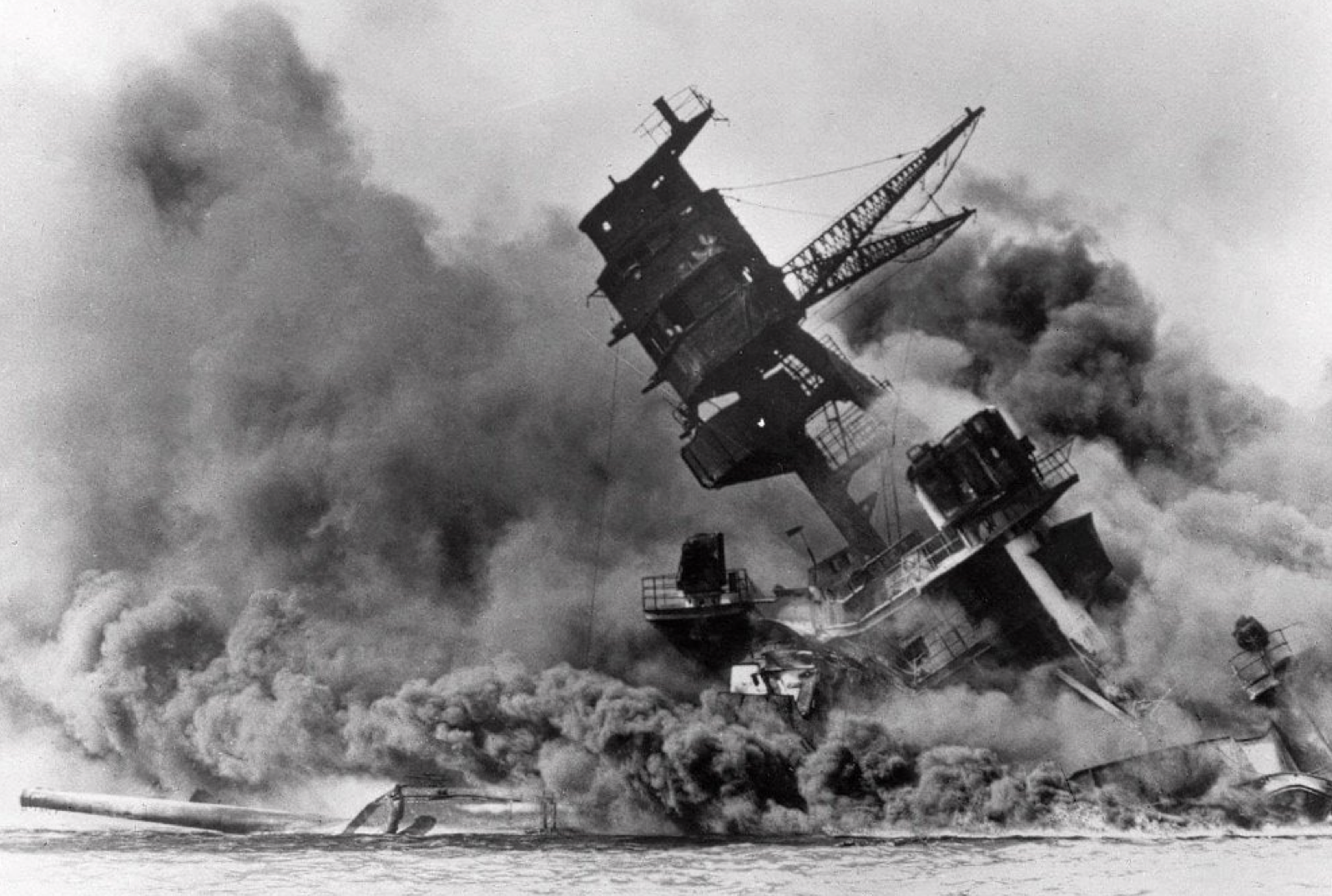
Destroyer USS Shaw explodes during the 3-hour Japanese attack.
The damaged USS Nevada tried to escape down the channel toward the open sea but became a target during a second wave of 170 Japanese planes, hoping to sink her in the channel and block the narrow entrance to Pearl Harbor. The ship was grounded with 60 killed on board.

A Japanese plane dives into flames after it was hit by American naval antiaircraft fire. Fewer than 30 Japanese planes were lost in the attack.
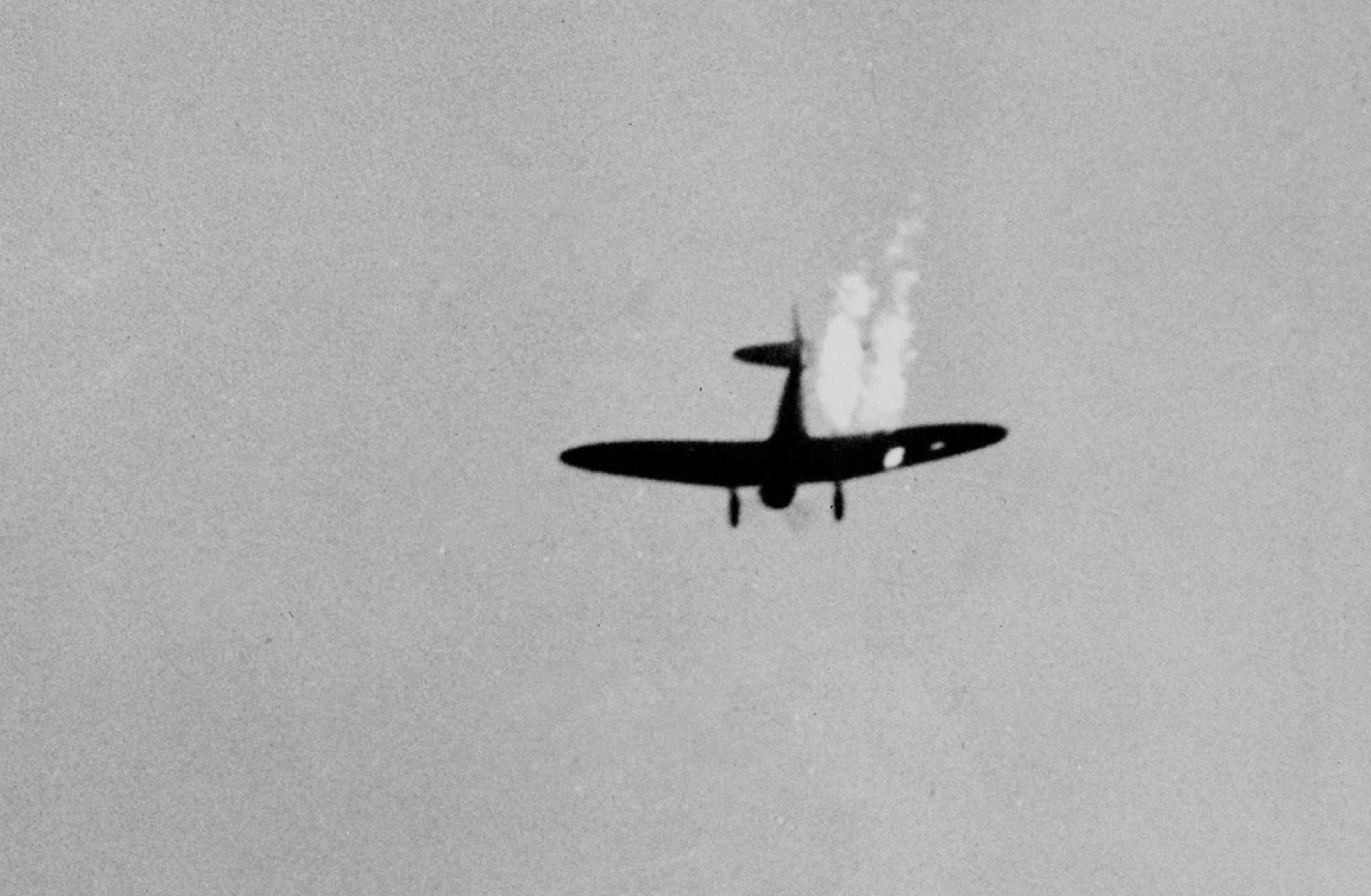
About 188 US planes were destroyed and another 159 were damaged. Here is a picture of Hickam Field near Pearl Harbor.
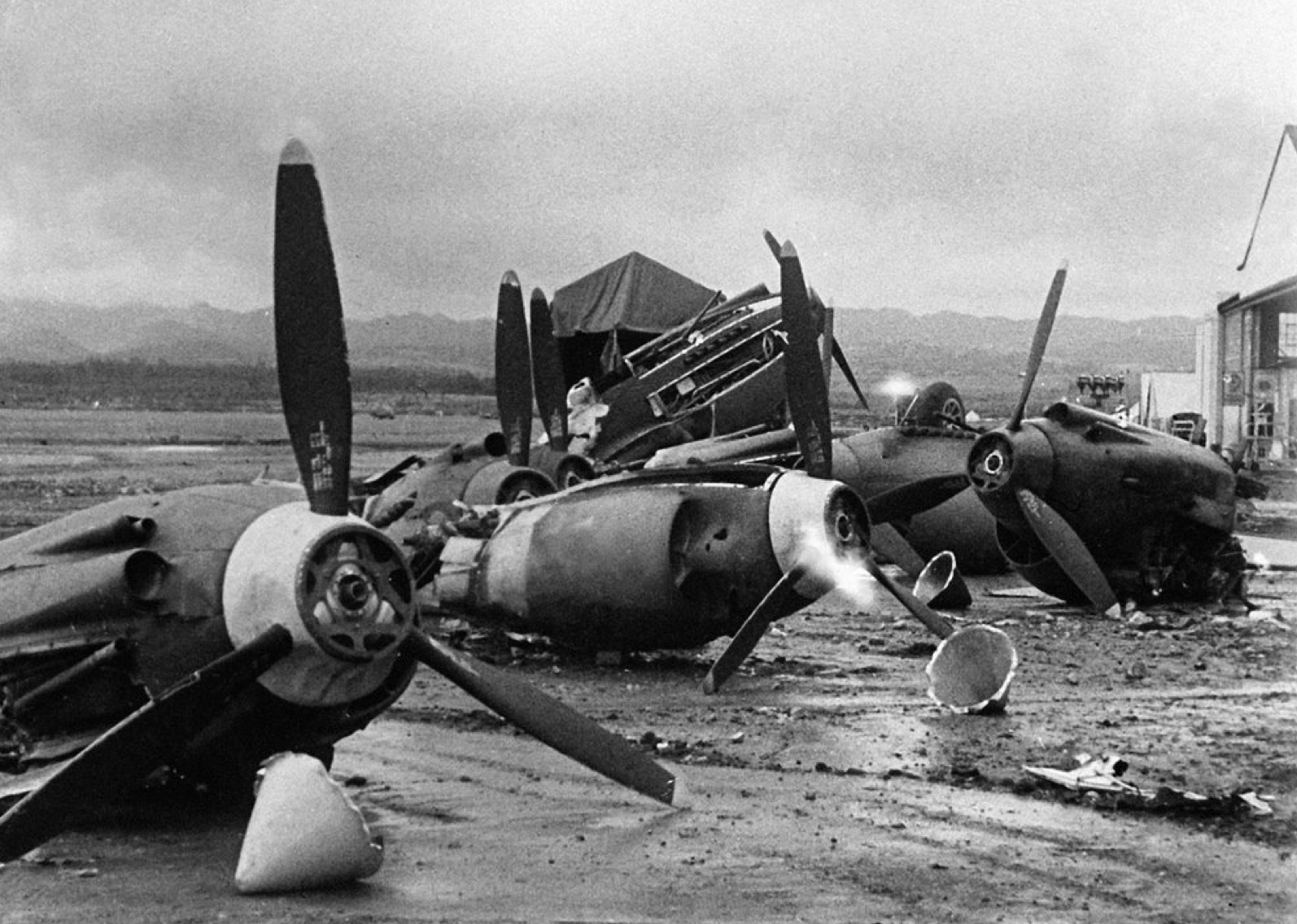
Sailors at the Naval Air Station in Kaneohe, Hawaii, attempt to salvage a burning PBY Catalina in the aftermath of the Japanese attack on Pearl Harbor.
People in Times Square, New York buy newspapers with headlines saying, “Japs Attack US.” American entered the Second World War after the surprise attack on Pearl Harbor.
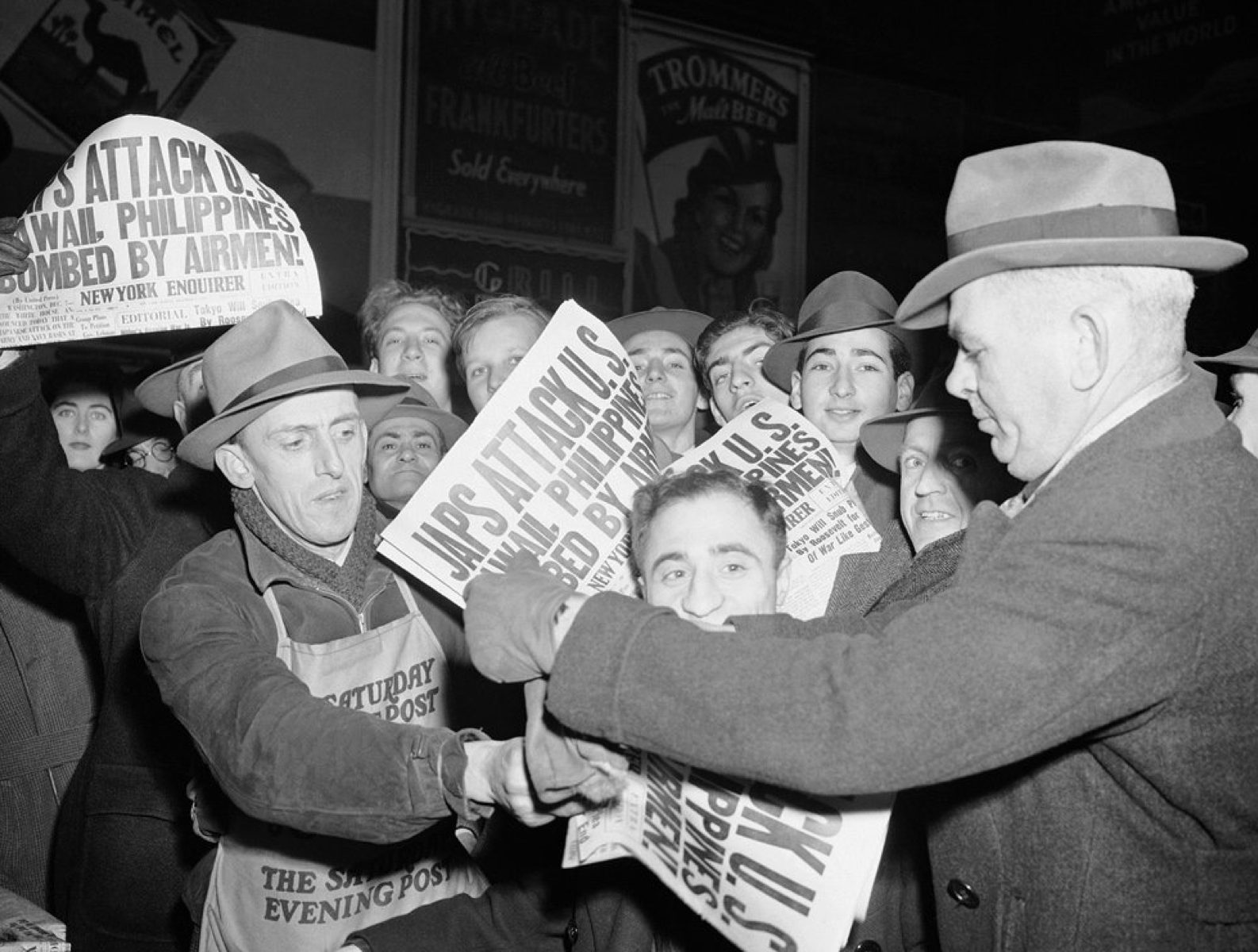
Salvage work begins on destroyers USS Cassin and the USS Downes. The Japanese failed to damage any US aircraft carriers, which were surprisingly absent from the harbor.
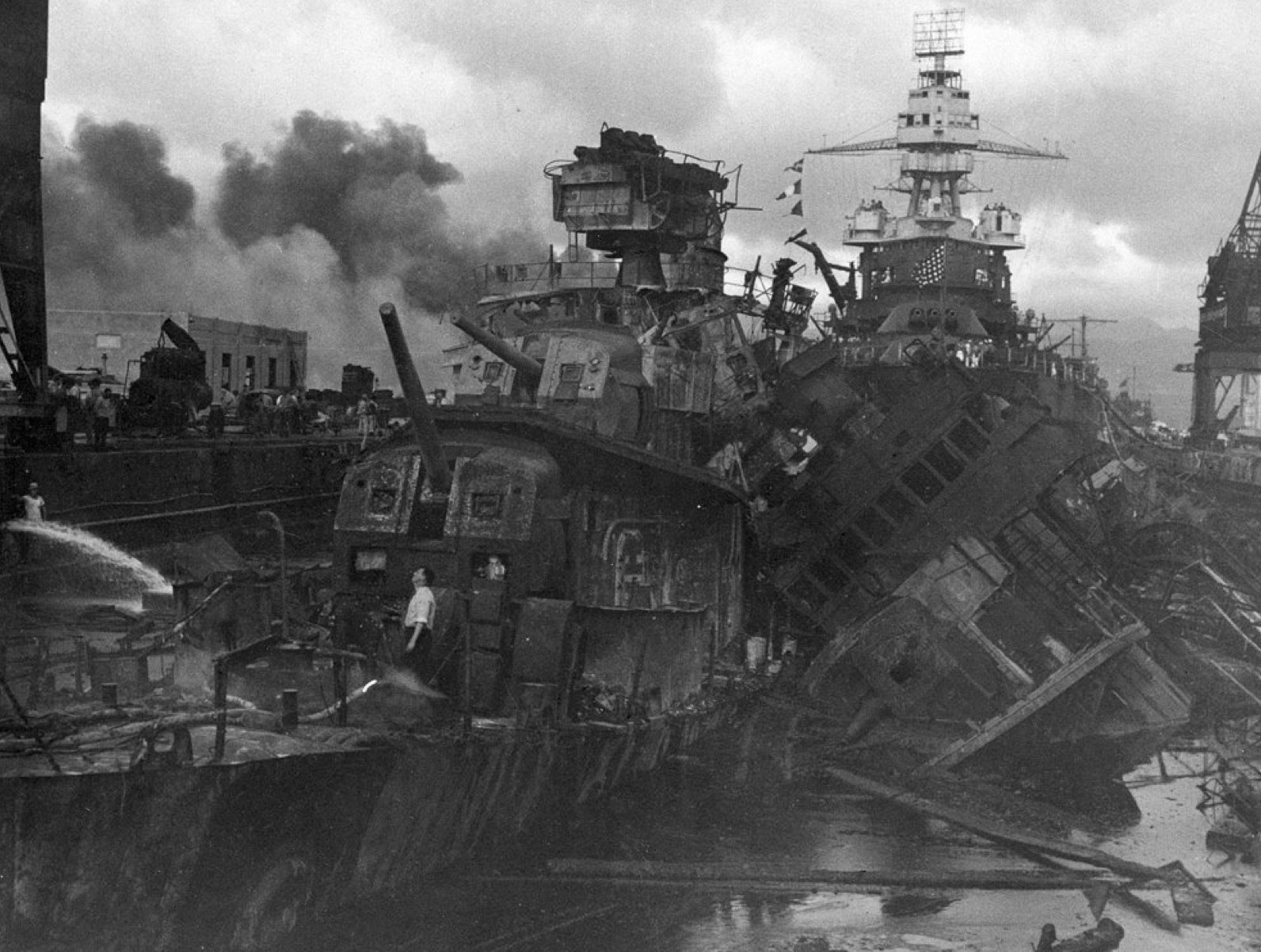
A Japanese torpedo plane is hoisted from the bottom of the sea. About 10% of Japanese planes were lost on December 7th.
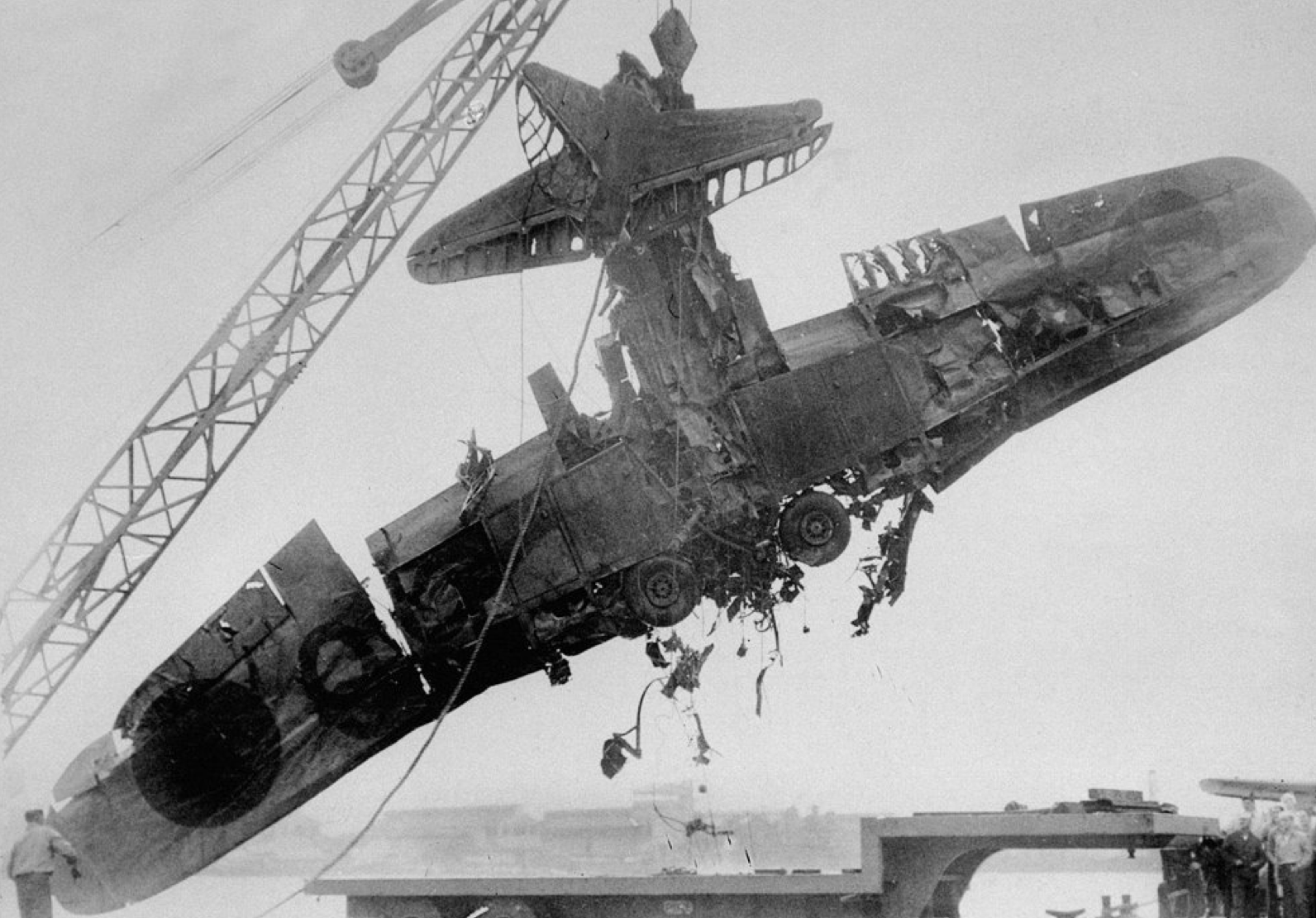
USS Oklahoma, seen in this photo with one of its propellers peeking out of the water, was considered too old to be worth repairing.
A Marine holds a piece of shrapnel removed from his arm following the attack.
This photo shows sailors participating in a memorial service for the more than 2,400 killed in the attack.
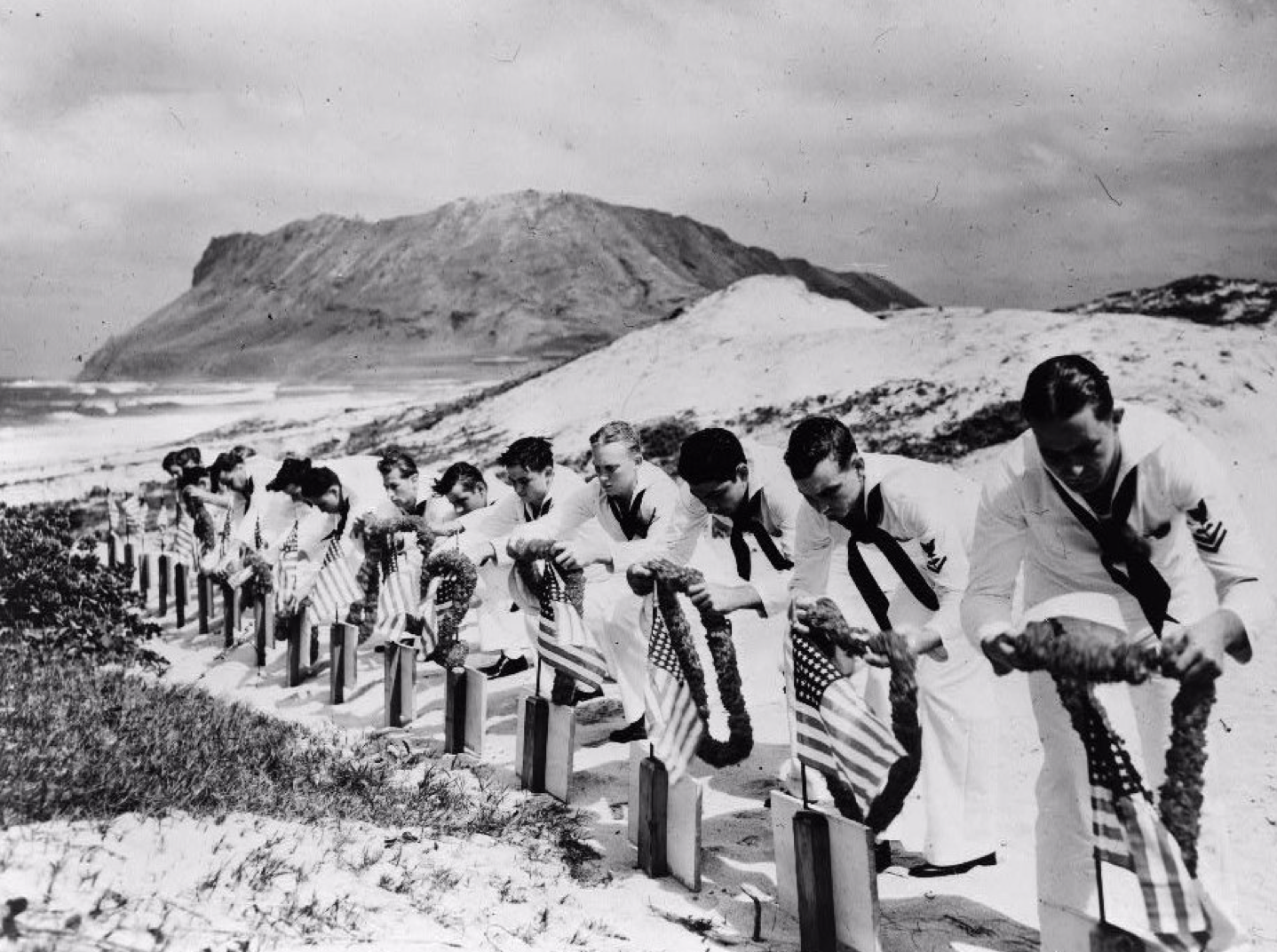


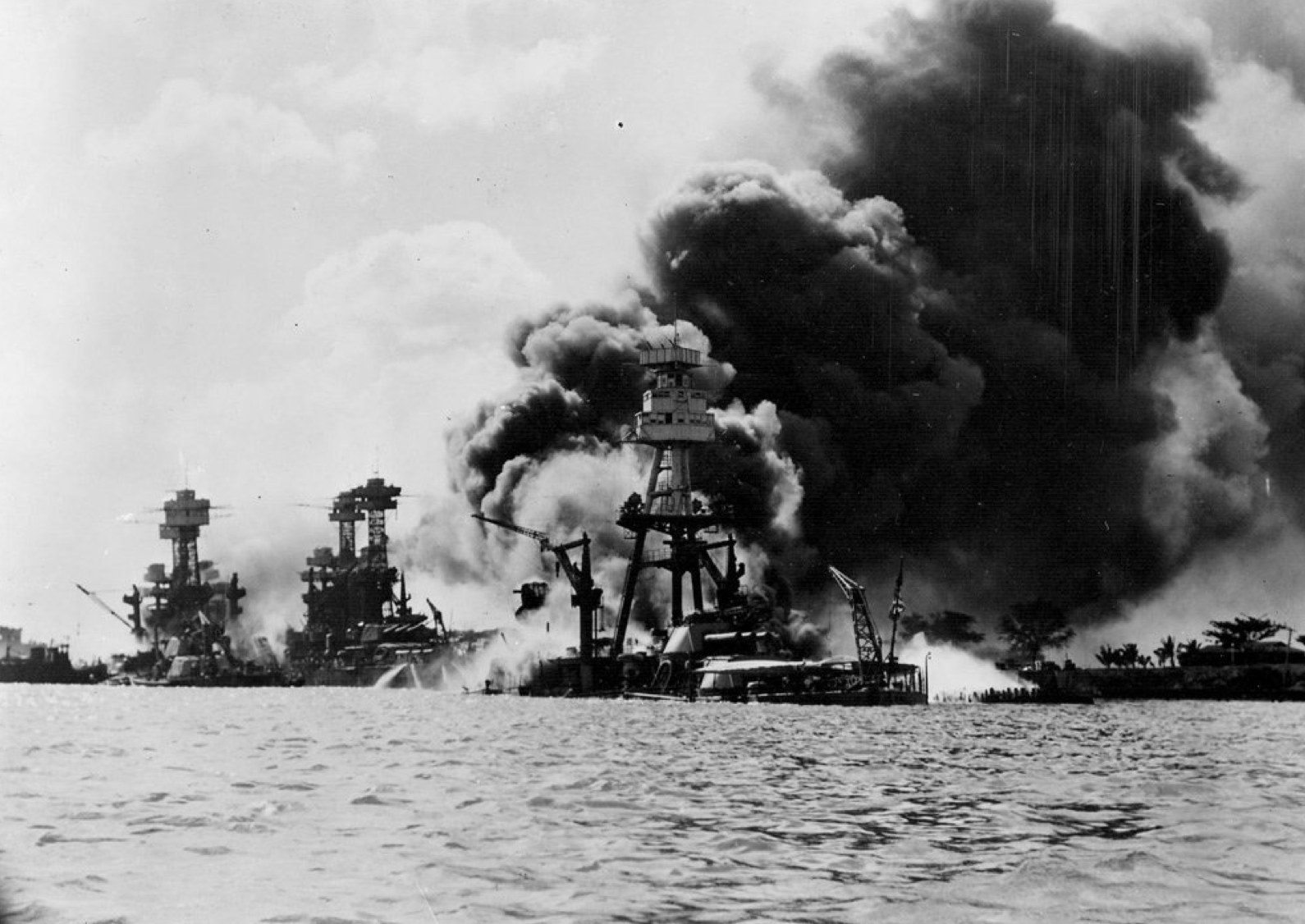
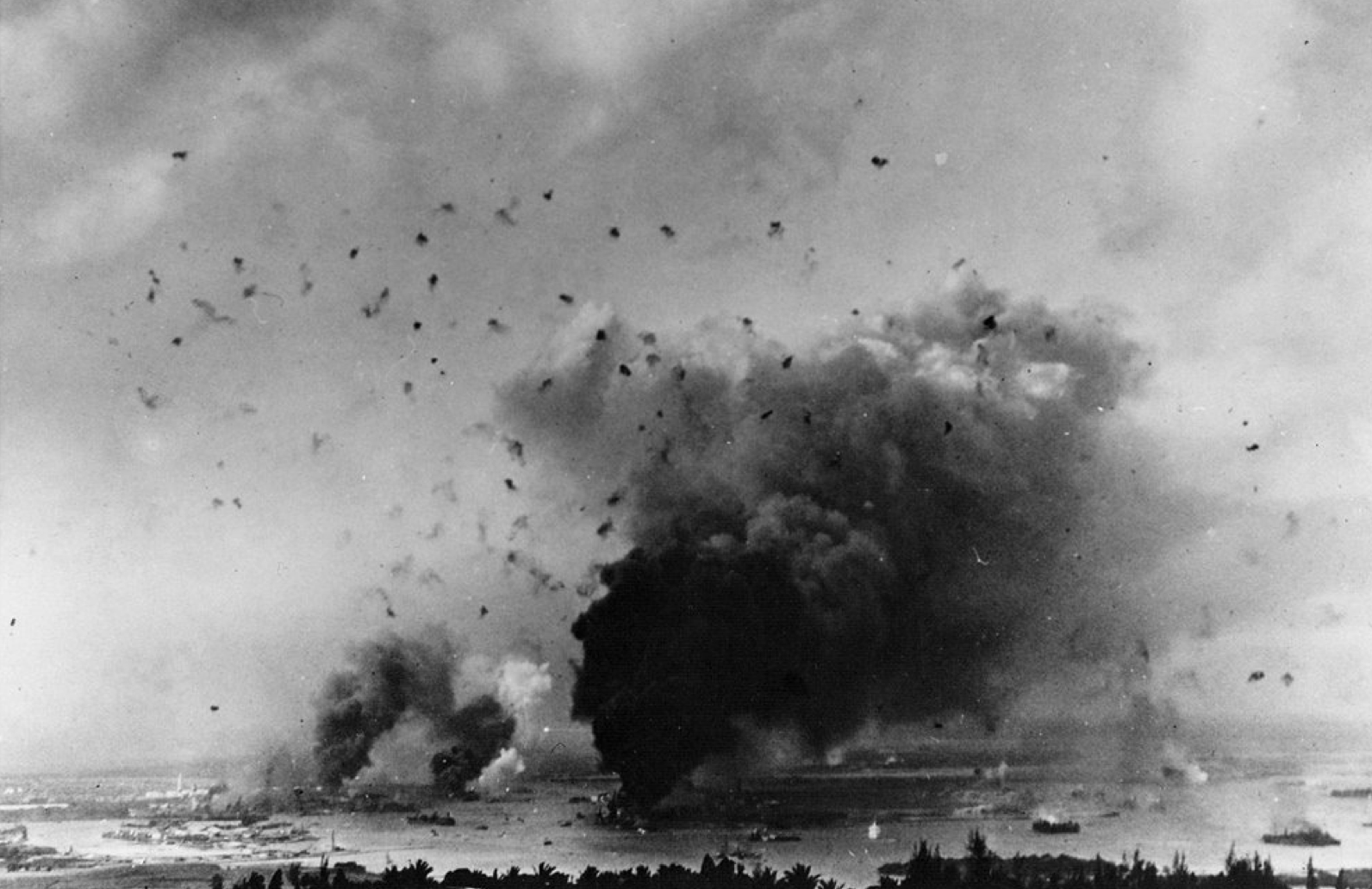
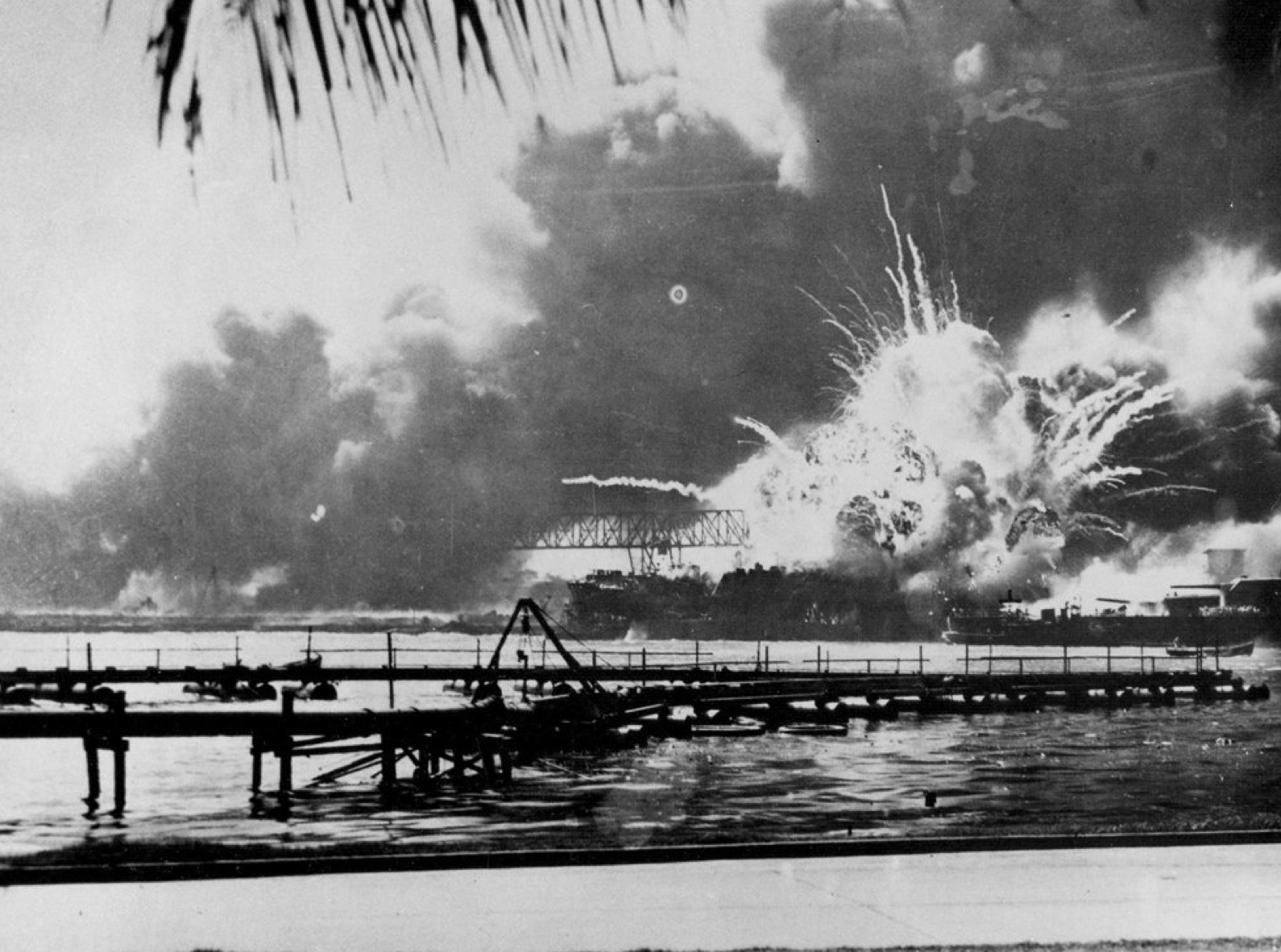
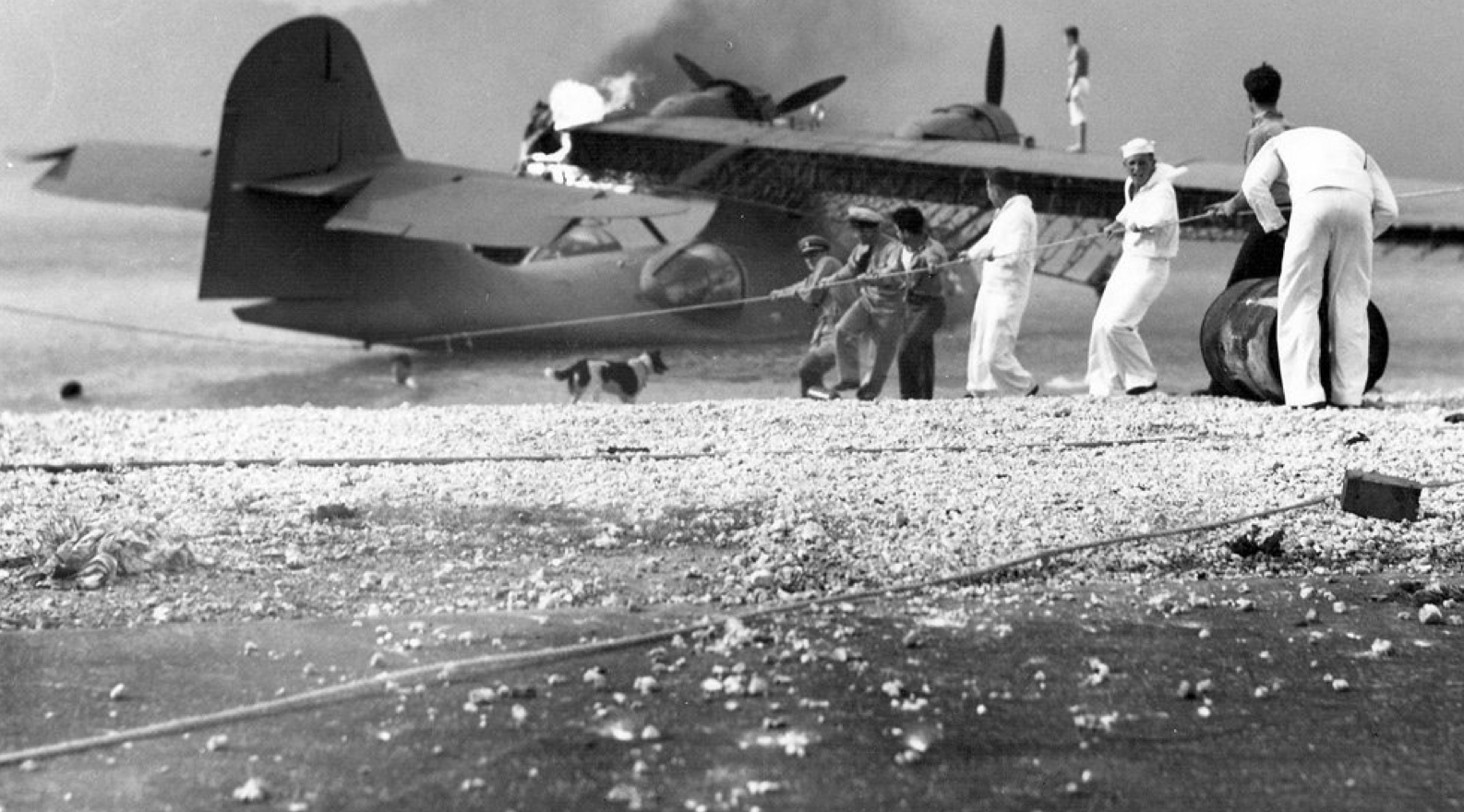
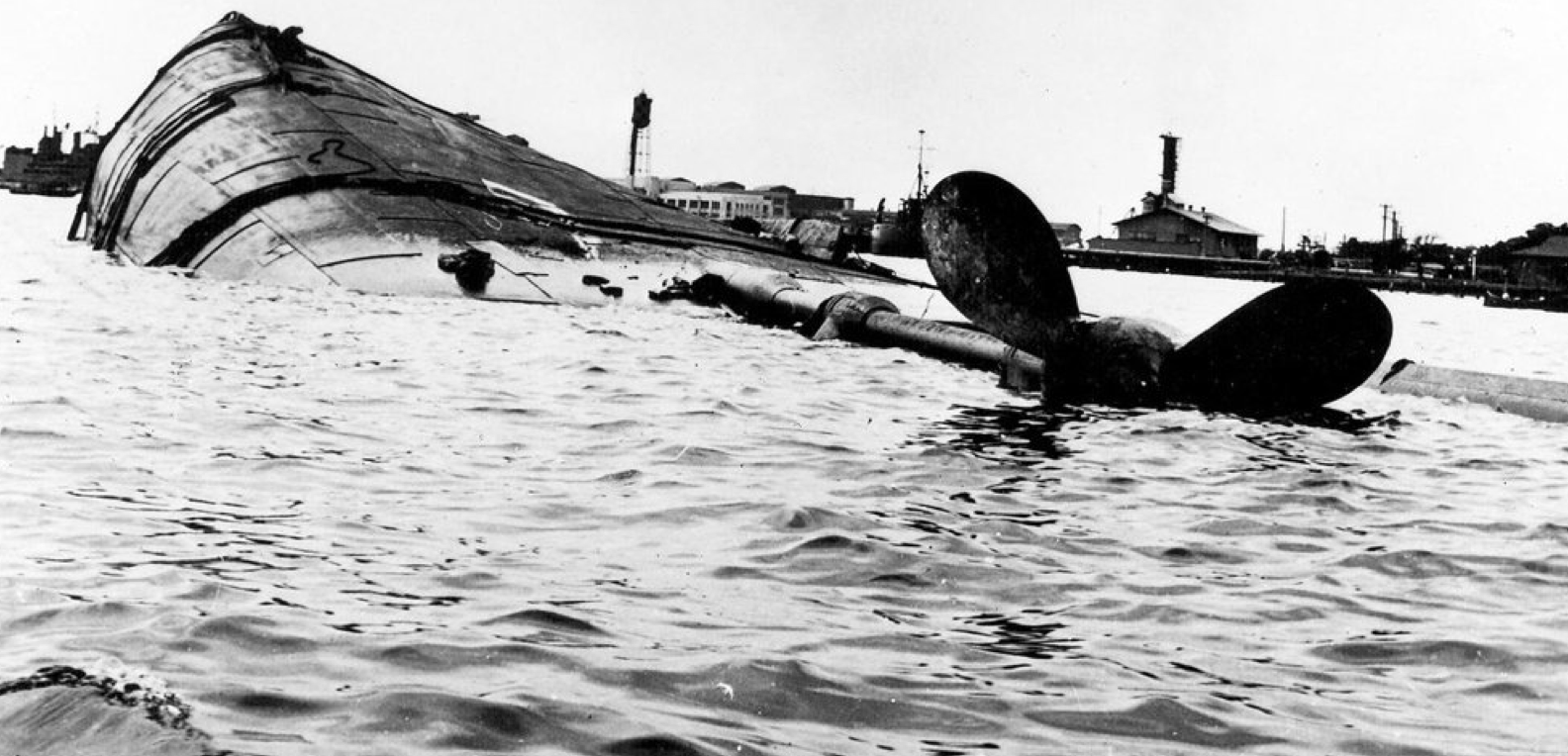
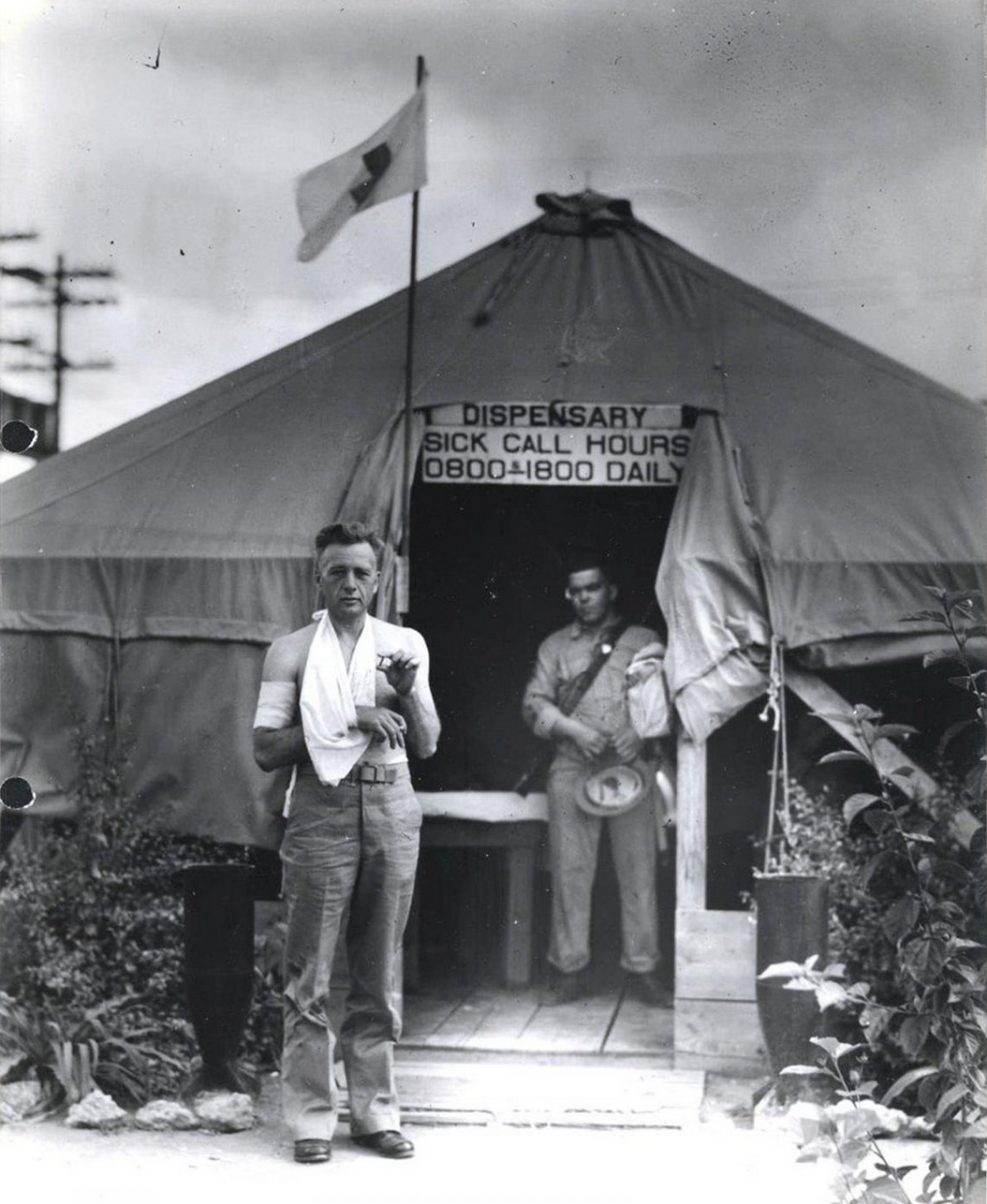

 10 things you probably didn’t know about Pearl Harbor
10 things you probably didn’t know about Pearl Harbor What do Japanese netizens think about President Trump’s “I remember Pearl Harbor” comment?
What do Japanese netizens think about President Trump’s “I remember Pearl Harbor” comment? What do Chicago hot dogs, a Japanese admiral, and a gold tooth have in common?
What do Chicago hot dogs, a Japanese admiral, and a gold tooth have in common? Japanese net user finds U.S. propaganda film from WWII and draws unusual conclusion
Japanese net user finds U.S. propaganda film from WWII and draws unusual conclusion Things get heavy with the Gold Lucky Bag from Village Vanguard
Things get heavy with the Gold Lucky Bag from Village Vanguard Top Japanese cosplayer Enako returns to Comiket after 6 years, creates mayhem with admirers
Top Japanese cosplayer Enako returns to Comiket after 6 years, creates mayhem with admirers Harajuku’s new permanent Tamagotchi shop is filled with cuteness and a surprising lack of poop
Harajuku’s new permanent Tamagotchi shop is filled with cuteness and a surprising lack of poop Super ramen! What happens when you combine 19 different types of supermarket ramen?【SoraKitchen】
Super ramen! What happens when you combine 19 different types of supermarket ramen?【SoraKitchen】 Japanese thug wear from Birth Japan perfect for those breaking bad next year
Japanese thug wear from Birth Japan perfect for those breaking bad next year Tokyo station platform to transform into sake bar with hot drinks, hot oden, and hot kotatsu
Tokyo station platform to transform into sake bar with hot drinks, hot oden, and hot kotatsu The Hayao Miyazaki anime we never got – New art book reveals Ghibli legend’s unrealized concepts
The Hayao Miyazaki anime we never got – New art book reveals Ghibli legend’s unrealized concepts You’ll Never Guess What’s for Breakfast at McDonald’s in Turkey
You’ll Never Guess What’s for Breakfast at McDonald’s in Turkey New Attack on Titan theme park attraction coming to Fuji-Q Highland
New Attack on Titan theme park attraction coming to Fuji-Q Highland Tokyo DisneySea’s new Fantasy Springs area: Peter Pan’s Never Land has the best ride of all
Tokyo DisneySea’s new Fantasy Springs area: Peter Pan’s Never Land has the best ride of all Starbucks Japan ready to get Year of the Horse started with adorable drinkware and plushies【Pics】
Starbucks Japan ready to get Year of the Horse started with adorable drinkware and plushies【Pics】 Japanese beef bowl chain Sukiya’s 2026 Smile Box lucky bag basically pays for itself
Japanese beef bowl chain Sukiya’s 2026 Smile Box lucky bag basically pays for itself Hayao Miyazaki says Happy New Year to Studio Ghibli fans with new art for Year of the Horse
Hayao Miyazaki says Happy New Year to Studio Ghibli fans with new art for Year of the Horse Cup Noodle tries an authentic Jiro-style ramen, but something’s not quite right
Cup Noodle tries an authentic Jiro-style ramen, but something’s not quite right The best Starbucks Japan Frappuccinos we want to drink again in 2026
The best Starbucks Japan Frappuccinos we want to drink again in 2026 We revisited Sweets Paradise after a decade to see if Japan’s dessert buffet still delivers
We revisited Sweets Paradise after a decade to see if Japan’s dessert buffet still delivers That time Seiji called JASRAC to ask why he didn’t get paid royalties for his song being on TV
That time Seiji called JASRAC to ask why he didn’t get paid royalties for his song being on TV We found possibly the quietest Japanese-style hotel in Tokyo’s bustling Shinjuku district
We found possibly the quietest Japanese-style hotel in Tokyo’s bustling Shinjuku district Pizza Hut Japan’s hot lucky bags are perfect for a New Year’s pizza party
Pizza Hut Japan’s hot lucky bags are perfect for a New Year’s pizza party Japan’s oldest largetooth sawfish in captivity back on display in Mie Prefecture
Japan’s oldest largetooth sawfish in captivity back on display in Mie Prefecture 7-Eleven Japan starts new temporary luggage storage service in over 300 branches
7-Eleven Japan starts new temporary luggage storage service in over 300 branches Disillusionment at Tsukiji’s tourist-target prices led us to a great ramen restaurant in Tokyo
Disillusionment at Tsukiji’s tourist-target prices led us to a great ramen restaurant in Tokyo Starbucks teams up with 166-year-old Kyoto doll maker for Year of the Horse decorations【Photos】
Starbucks teams up with 166-year-old Kyoto doll maker for Year of the Horse decorations【Photos】 Tokyo considering law requiring more trash cans following litter increase in heavily touristed area
Tokyo considering law requiring more trash cans following litter increase in heavily touristed area Tokyo’s Tsukiji sushi neighborhood asks tour groups to stay away for the rest of the month
Tokyo’s Tsukiji sushi neighborhood asks tour groups to stay away for the rest of the month Tokyo event lets you travel back in time, for free, to celebrate 100 years since Showa era start
Tokyo event lets you travel back in time, for free, to celebrate 100 years since Showa era start Japan may add Japanese language proficiency, lifestyle classes to permanent foreign resident requirements
Japan may add Japanese language proficiency, lifestyle classes to permanent foreign resident requirements Sanrio theme park in Japan announces plans to expand into a Sanrio resort
Sanrio theme park in Japan announces plans to expand into a Sanrio resort Stamina-destroying “Paralysis Noodles” are Tokyo’s newest over-the-top ramen innovation
Stamina-destroying “Paralysis Noodles” are Tokyo’s newest over-the-top ramen innovation Survey asks foreign tourists what bothered them in Japan, more than half gave same answer
Survey asks foreign tourists what bothered them in Japan, more than half gave same answer Japan’s human washing machines will go on sale to general public, demos to be held in Tokyo
Japan’s human washing machines will go on sale to general public, demos to be held in Tokyo Japan’s deadliest food claims more victims, but why do people keep eating it for New Year’s?
Japan’s deadliest food claims more victims, but why do people keep eating it for New Year’s? We deeply regret going into this tunnel on our walk in the mountains of Japan
We deeply regret going into this tunnel on our walk in the mountains of Japan Studio Ghibli releases Kodama forest spirits from Princess Mononoke to light up your home
Studio Ghibli releases Kodama forest spirits from Princess Mononoke to light up your home Major Japanese hotel chain says reservations via overseas booking sites may not be valid
Major Japanese hotel chain says reservations via overseas booking sites may not be valid Put sesame oil in your coffee? Japanese maker says it’s the best way to start your day【Taste test】
Put sesame oil in your coffee? Japanese maker says it’s the best way to start your day【Taste test】 No more using real katana for tourism activities, Japan’s National Police Agency says
No more using real katana for tourism activities, Japan’s National Police Agency says Starbucks Japan reveals new sakura drinkware collection, inspired by evening cherry blossoms
Starbucks Japan reveals new sakura drinkware collection, inspired by evening cherry blossoms Updated cherry blossom forecast shows extra-long sakura season for Japan this year
Updated cherry blossom forecast shows extra-long sakura season for Japan this year
Leave a Reply